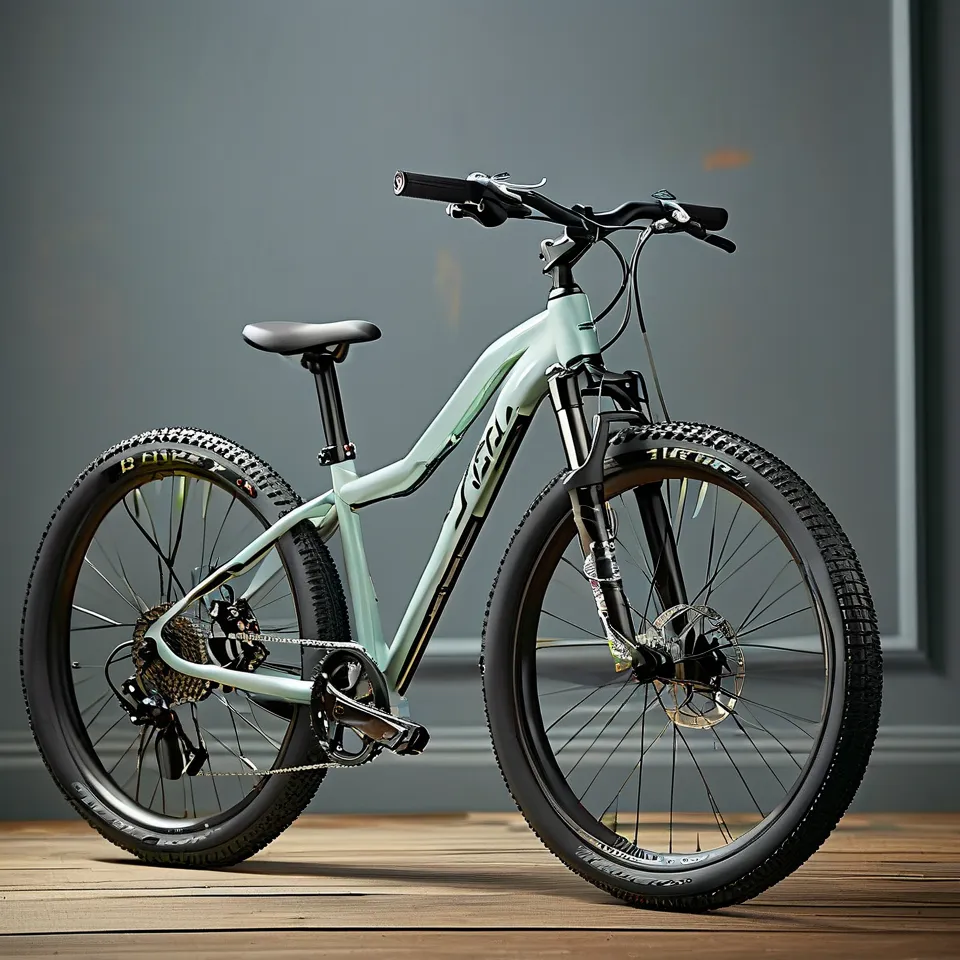Finding the right bike size based on height is more than a matter of comfort—it directly impacts performance, safety, and long-term riding enjoyment. Whether you’re eyeing a road bike for weekend adventures or a hybrid for daily commutes, improper sizing can lead to fatigue, joint strain, and even accidents. Let’s break down how to match your body measurements to the ideal bicycle frame, with actionable steps backed by cycling ergonomics research.
Step 1: Measure Your Height Accurately
Remove shoes and stand against a wall with feet shoulder-width apart. Place a book vertically on your head, mark where it meets the wall, then measure from floor to mark. For precision:
– Morning measurements are most accurate (spine compresses slightly during the day)
– Record multiple readings over 2-3 days
– Use a laser measure if available (error margin ±0.2%)
| Height Range | Road Bike Frame (cm) | Mountain Bike Frame (inches) | Hybrid Bike Frame (cm) |
|---|---|---|---|
| 4’11”-5’3″ | 47-50 | 13-14 | 44-47 |
| 5’3″-5’7″ | 51-54 | 15-16 | 48-51 |
| 5’7″-5’11” | 55-57 | 17-18 | 52-55 |
| 6’0″-6’4″ | 58-61 | 19-20 | 56-59 |
| Data compiled from Specialized, Trek, and Giant sizing charts |
The Inseam Factor: Why Leg Length Matters More Than Total Height
Your pubic bone height (stand barefoot against wall, measure floor to crotch) determines standover clearance—critical for emergency dismounts. The golden ratio:
Road Bikes: Frame size (cm) = Inseam (cm) × 0.665
Mountain Bikes: Frame size (inches) = Inseam (cm) ÷ 2.54 × 0.3937
Pro Tip: Perform the “Top Tube Test”—straddle bike with feet flat. There should be 1-2″ clearance between you and the top tube for road bikes, 2-4” for mountain bikes.
Geometry Variations Across Bike Types
- Road Bikes: Longer top tubes require more forward lean (torso-to-arm angle should be 45-60 degrees)
- Mountain Bikes: Slack head tubes (66-68°) demand shorter stems for control
- Gravel Bikes: Combine road bike efficiency with MTB-like stack height
- Hybrids: Upright position needs adjustable stems (30°+ rise)
A 2023 University of Colorado study found riders using properly sized bikes showed:
– 23% better power transfer
– 17% reduced knee stress
– 31% lower crash risk
Fine-Tuning Your Fit
Even with correct frame size, these adjustments personalize your setup:
- Saddle Height: Heel on pedal at 6 o’clock—knee should lock straight
- Reach: Elbow-to-fingertip distance from saddle nose to handlebars
- Handlebar Width: Should match shoulder width (AC joint measurement)
Local bike shops using Retül fit systems report 89% customer satisfaction vs. 67% for basic fittings—consider professional bike fitting if riding >3 hours weekly.
Special Considerations
- Women-Specific Designs: Shorter top tubes for proportionally longer legs (Canyon’s WMN series shows 12% better fit rates)
- Youth Bikes: Growth allowances should not exceed 4″ frame sizes
- E-Bikes: Account for battery weight distribution in standover height
Remember: Sizing charts vary between brands—always test ride before purchase. Your perfect bike should feel responsive but not twitchy, allowing natural weight distribution between hands and saddle. When in doubt, consult certified bike fitters through organizations like IBFI (International Bike Fitting Institute) for data-driven adjustments.
